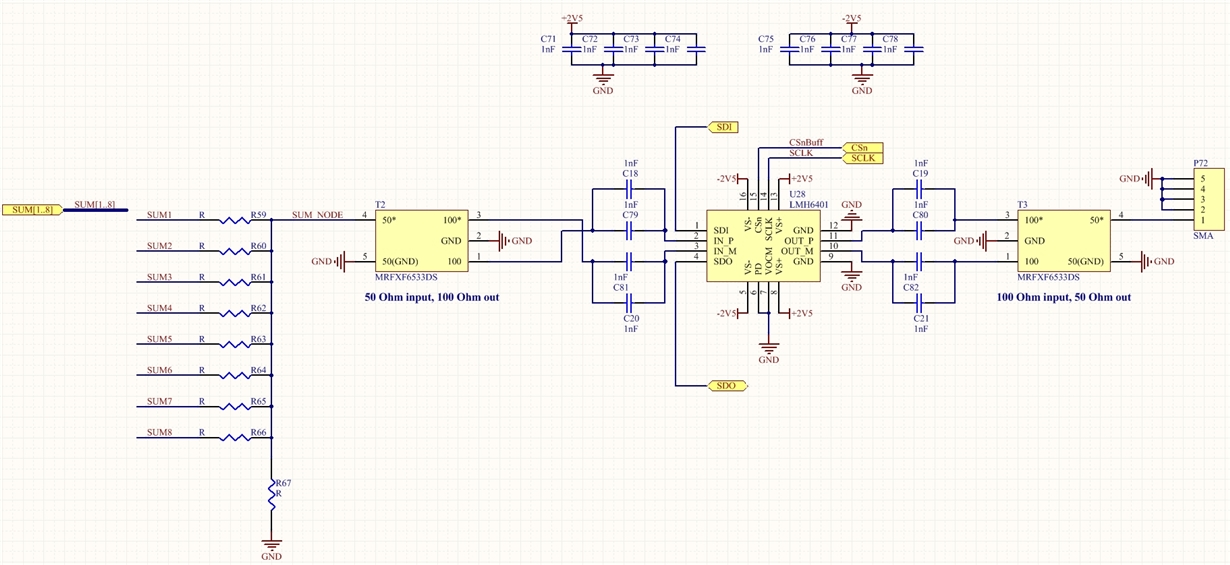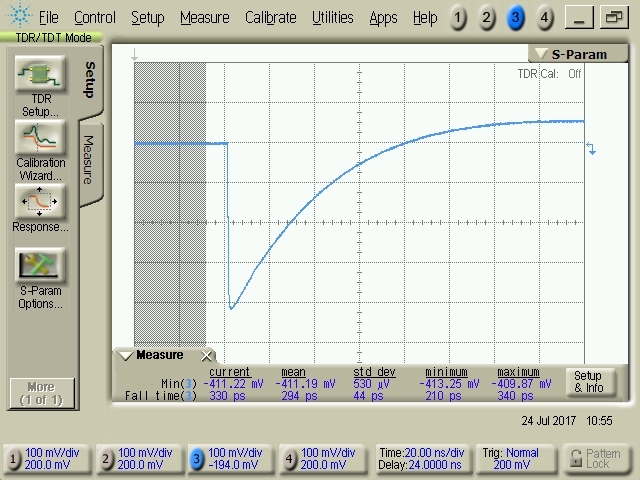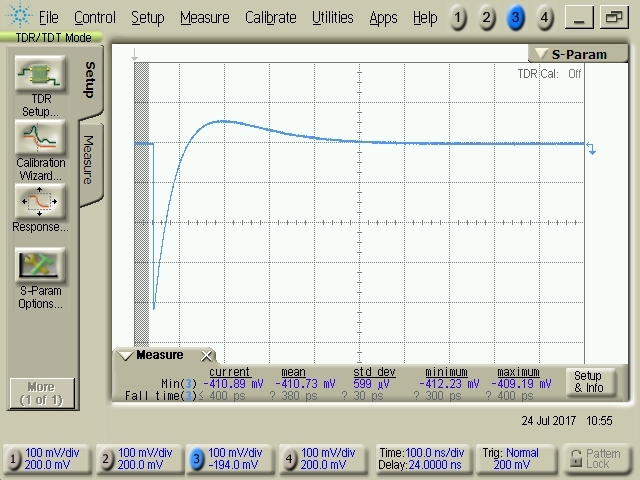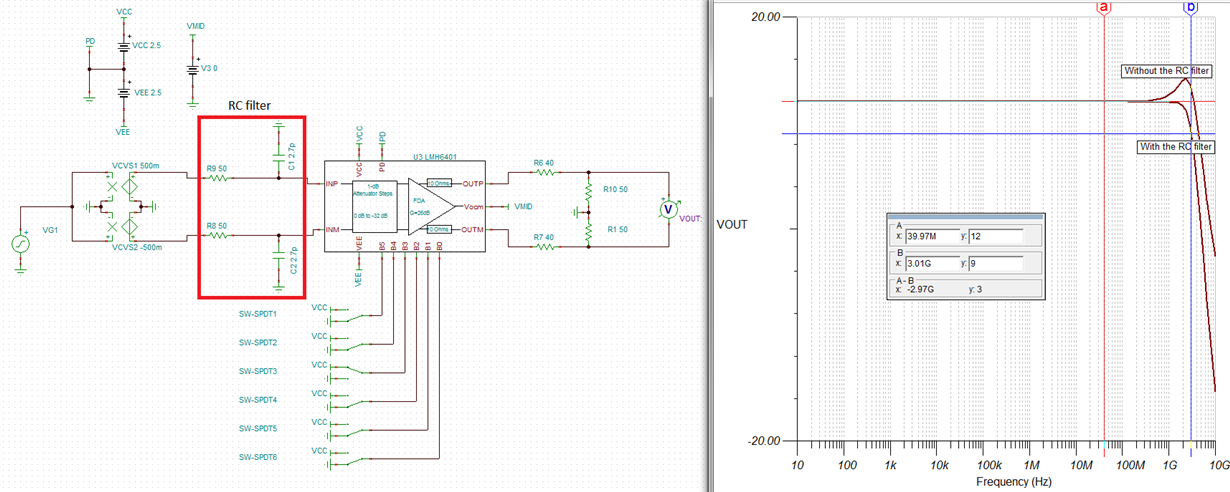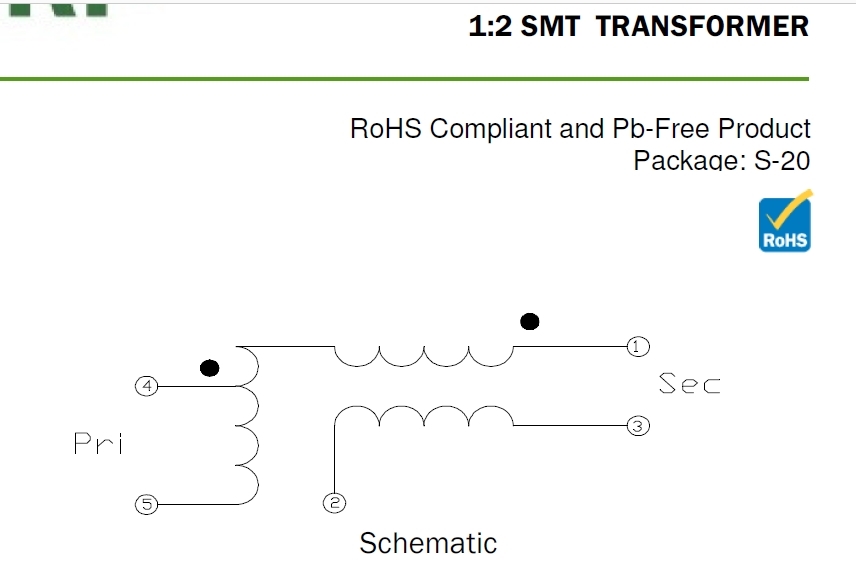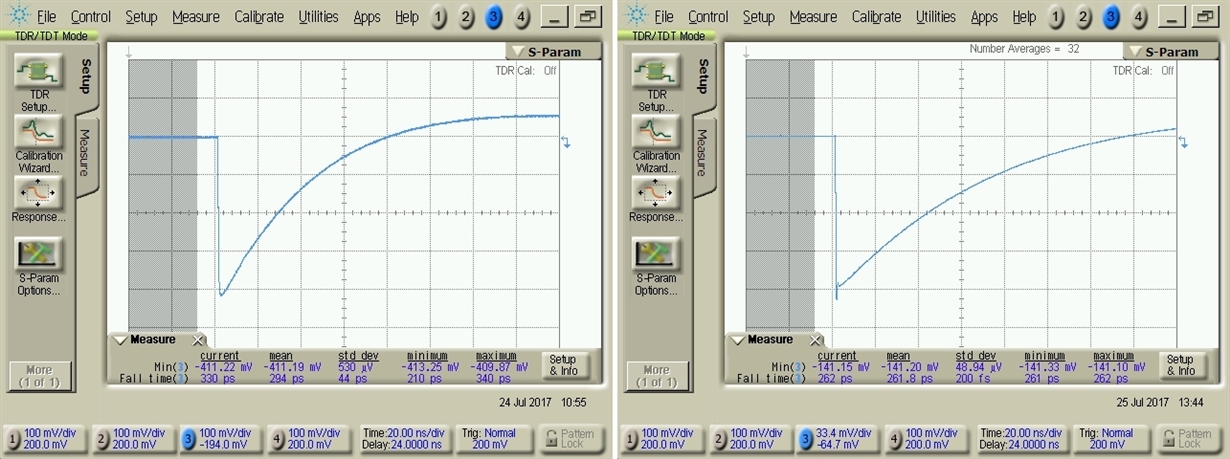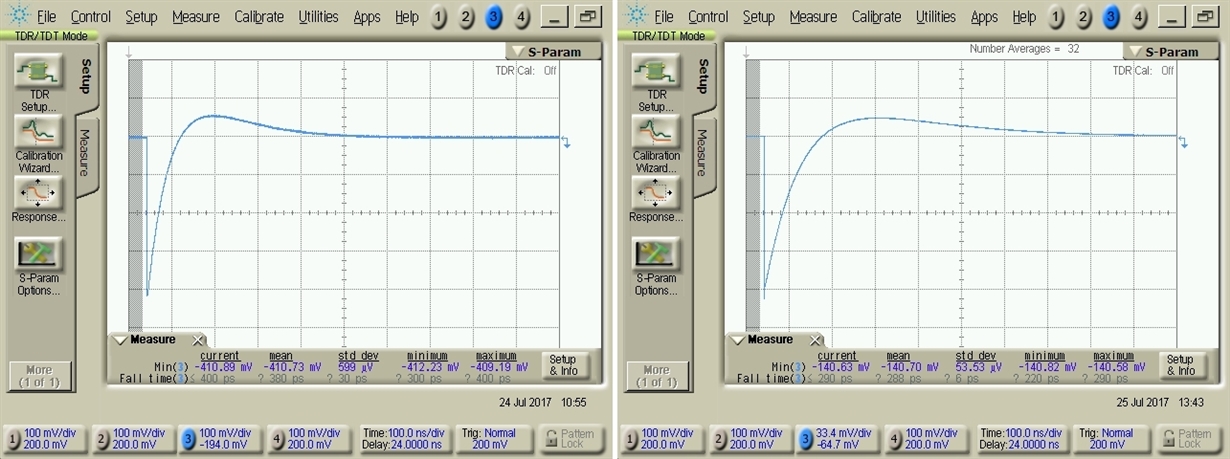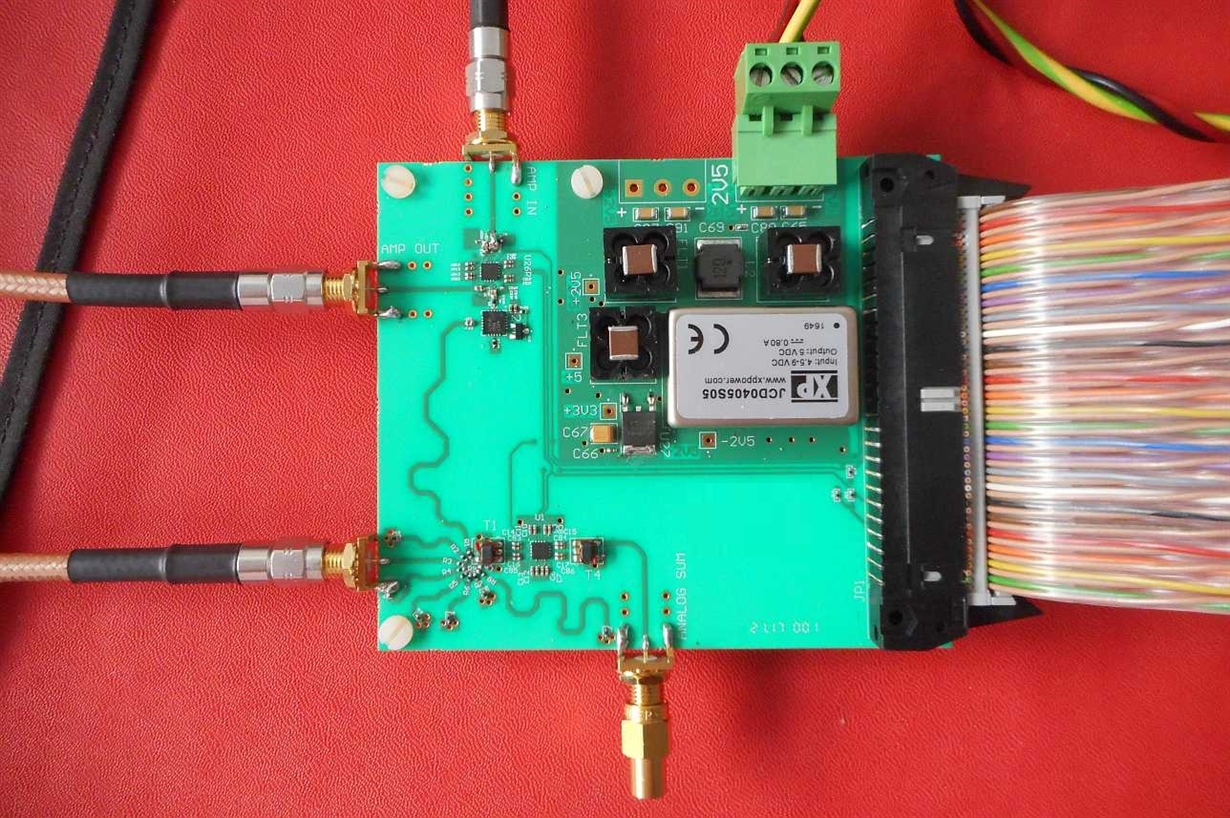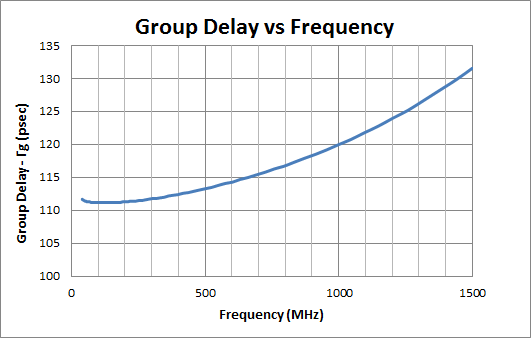The schematic is below.
I apply a step pulse in one of SUM inputs with a TimeDomainReflectometer, step risetime is about 20 ps, and on outptut I see a big overshoot.
Questions:
- why?
- could be eliminated?
- in the final application the step input will have a risetime of about 1ns: could it mitigate the overshoot?
Thanks
Fabio


